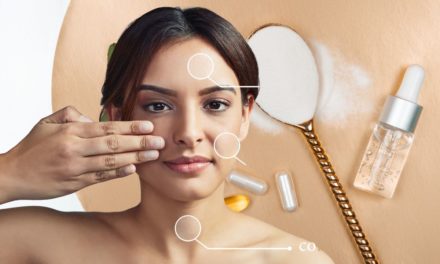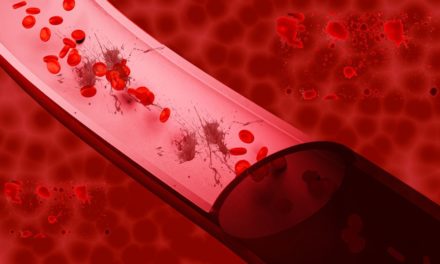Pimples, also known as acne, can be triggered by a combination of internal and external factors that affect the skin’s delicate balance. Understanding these common causes is essential in identifying the root cause of your pimples and tailoring an effective treatment plan. Let’s delve into each of these factors:
1. Hormonal Changes:
Fluctuations in hormone levels play a significant role in the formation of pimples, particularly during puberty, menstrual cycles, pregnancy, and menopause. Increased androgen hormone production stimulates the sebaceous glands to produce more sebum, an oily substance that can clog pores. This excess sebum, along with dead skin cells, creates an environment conducive to the growth of acne-causing bacteria.
2. Excess Sebum Production:
Sebaceous glands produce sebum, which is essential for maintaining skin hydration. However, excessive sebum production, often triggered by hormonal imbalances or genetics, can lead to clogged pores. When sebum combines with dead skin cells and bacteria, it forms comedowns, such as whiteheads and blackheads, which can eventually develop into pimples.
3. Dead Skin Cell Buildup:
The skin naturally sheds dead skin cells to make way for new cells. Sometimes, these dead cells do not shed properly and accumulate on the skin’s surface, clogging pores and causing acne. Gentle exfoliation and proper skincare can help prevent this buildup.
4. Bacterial Involvement:
Propionibacterium acnes (P. acnes) is a type of bacteria that resides on the skin’s surface. When excess sebum and dead skin cells accumulate, it provides an ideal environment for these bacteria to multiply. In response to the bacterial presence, the body’s immune system triggers an inflammatory response, leading to the formation of red and inflamed pimples.
5. Inflammatory Responses:
When the immune system identifies the presence of P. acnes bacteria, it releases inflammatory mediators to combat the infection. However, in the process, it can lead to redness, swelling, and pus formation in the affected area, resulting in inflammatory acne like papules, pustules, and cysts.
It is essential to recognize that each individual’s skin is unique, and the interplay of these factors can vary from person to person. For some, hormonal imbalances may be the primary cause, while for others, excessive sebum production or bacterial involvement might be more influential. Additionally, lifestyle factors, genetics, and environmental influences can also contribute to the development of pimples.
By identifying the common causes of pimples, you can gain insights into how your skin behaves and take proactive steps to address the root cause. This knowledge will empower you to choose appropriate skincare products, adopt a healthy lifestyle, and seek professional help when necessary, leading to a more effective and tailored approach to managing and preventing pimples.










